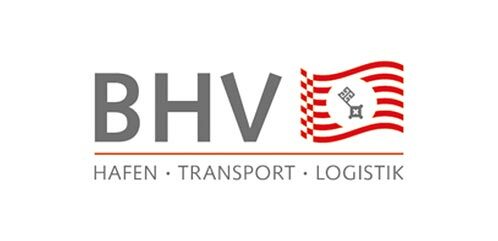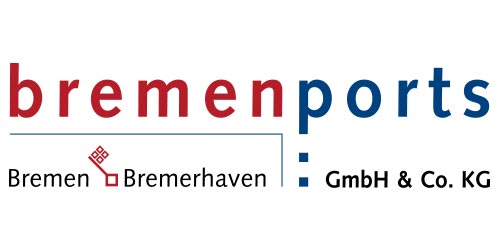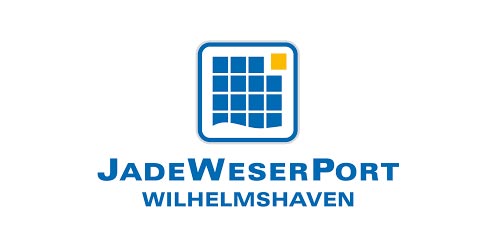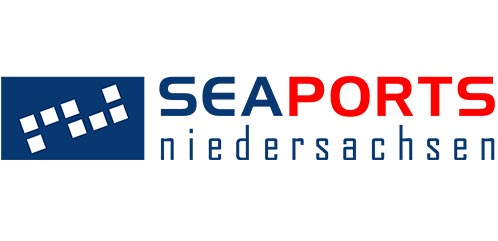Inland waterway transport is considered efficient and climate-friendly. However, everyday business is experiencing declining transport volumes, dilapidated infrastructure and, often, low water levels. Sebastian Poser, Managing Director, B. Dettmer Reederei, and Martin Deymann, Managing Partner, Reederei Deymann, are two experienced transport service providers who offer their very different perspectives on the current situation.

“Inland waterway transport makes a key contribution to reducing traffic-related emissions.”
Martin Deymann, Managing Partner, Reederei Deymann
SEBASTIAN POSER: Quite simply because we only need two diesel engines and 70 litres of fuel to transport around 1,500 tonnes on an inland vessel. No other form of transport can do that. Plus, the service life of inland vessels is unrivalled in terms of sustainability. One of these “steel boxes” can operate for 50 to 100 years. Lorries, trains and seagoing vessels can’t even begin to compete with that. I would like to emphasise, though, that we in Germany need all four modes of transport – including pipelines – for good logistics.
MARTIN DEYMANN: Inland waterway vessels are true masters of efficiency, consuming significantly less energy per tonne transported than lorries or trains, and emitting considerably less CO₂ per tonne-kilometre. They can also transport large quantities of goods at once, making them the ideal means of transport for longer distances. As a result, inland waterway transport makes a key contribution to reducing traffic-related emissions.
LOGISTICS PILOT: What’s the problem with inland waterway transport? Is it outdated infrastructure, dilapidated locks, low water levels?
POSER: No, I see the government as the operator of the infrastructure as being the main problem. They have no clear plan or any sincerity. We need to finally establish the facts and reduce bureaucracy. Even in the new coalition agreement, I can’t see any reforms that make me optimistic that industry will be preserved or even established here. Furthermore, bloated government bureaucracy and regulations make many things more difficult and expensive. For example, introducing new propulsion technology makes no sense if retrofitting an old ship is much more expensive than building a new one. Regardless of this, further investment in the system and in the canal networks is essential if inland waterway transport is to remain competitive.
DEYMANN: These points undoubtedly constitute challenges, but they shouldn’t be seen as the sole or decisive main problems. Inland waterway transport is addressing them with technical and practical solutions, such as with modernised vessels that are still operational even at low water levels. Furthermore, these are infrastructure issues that affect not only inland waterway transportation, but also road and rail. These developments are being addressed through continuous adaptation and targeted investment.
POSER: Right now, we’re at about six per cent. And if politicians continue down the path they’re currently on and industry moves abroad, we’ll never reach twelve per cent. Indeed, inland waterway transport used to carry over 200 million tonnes per year. More recently, this figure was between 175 and 180 million tonnes. I’m certain that the sector could easily transport between 220 and 240 million tonnes per year, though – if these volumes were available. What’s more, recruiting young people has become a real issue. The problem isn’t so much the quantity as the quality. Out of, say, 100 applicants, only five will show the necessary interest and commitment. That’s slim pickings, isn’t it?
DEYMANN: We believe that this target is entirely realistic. Inland waterway transport is currently the only means of transport with significant spare capacity to take on extra transport volumes, which significantly reduces the burden on road and rail and is also good for the environment. If existing potential is developed further and existing structures are used, the industry can make a significant contribution to the sustainable transport transition.
LOGISTICS PILOT: The energy transition means that inland waterway vessels are carrying fewer bulk goods such as coal and oil for heating. But doesn’t the energy transition also open up new opportunities?
POSER: Inland waterway transport is capable of transporting almost anything, which is why I see the potential in primarily shifting additional freight from road and rail to the waterways. Further options depend on which energy sources prevail in the long term. But, regardless of whether it is methanol, ammonia or gas, the sector will manage this smoothly and safely. I do see little potential in wind energy, though. The size of the blades, the width of the canals and the low height of a lot of the bridges simply impose natural limits on inland waterway transport.
DEYMANN: Projections suggest the transport of traditional bulk goods, like coal and oil for heating, will decline significantly. Demand for container transport is rising, though, and transporting alternative energy sources such as hydrogen and ammonia is also growing in significance. With the necessary adjustments, inland waterway transport is well prepared to accompany these developments. In addition, inland waterway vessels can play to their strengths in large and heavy transport, thereby reducing traffic congestion on the roads.(bre)
“Even in the new coalition agreement, I can’t see any reforms.”
Sebastian Poser, Managing Director, B. Dettmer Reederei






